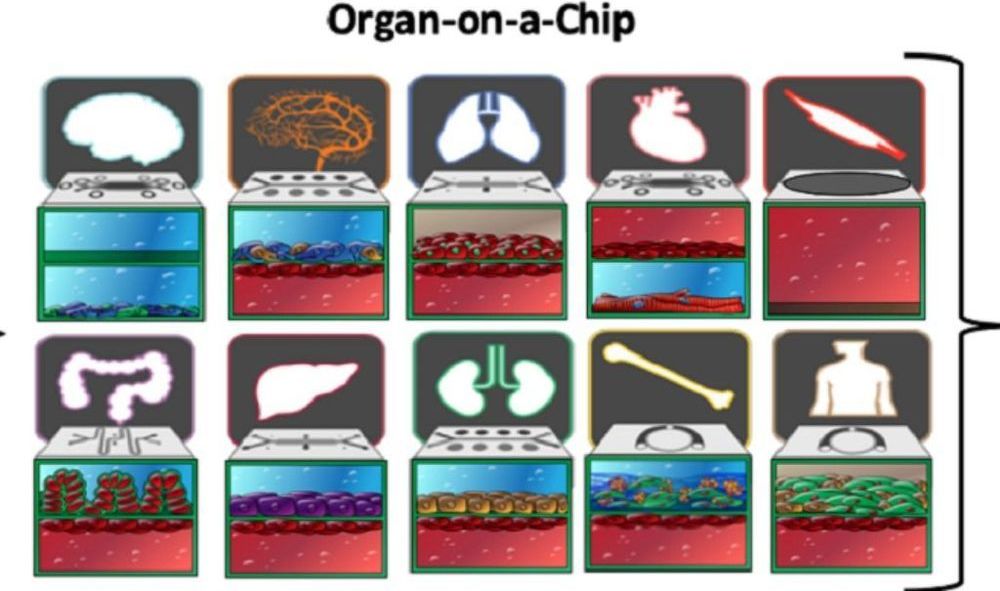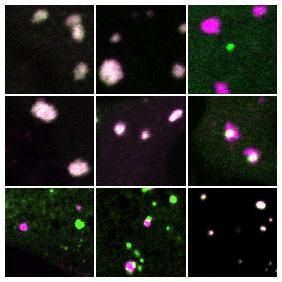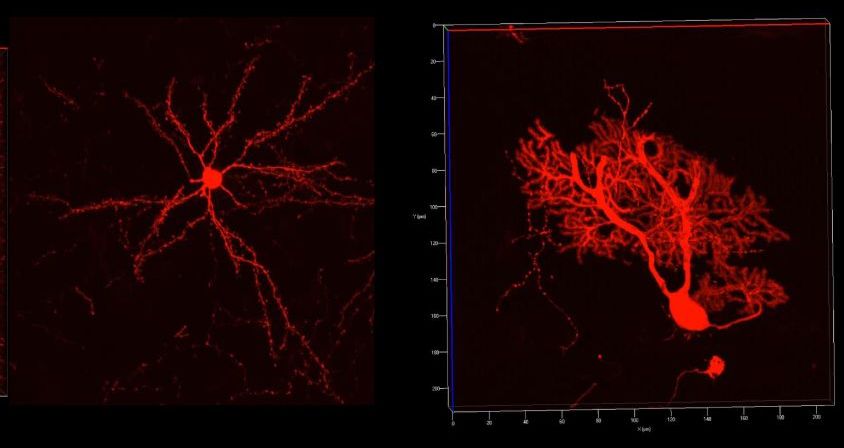Synthetic biology has been described as a kind of “genetic engineering on steroids”.
Synthetic biology …Simply mentioning this term — whether at a cocktail party or on a pop culture TV show — evokes a plethora of responses. These could range from puzzled looks to questions about the somewhat famous, though likely quixotic, quest to resurrect a woolly mammoth from remnants recovered in Siberia. Also, on the radar screen is synthetic biology as applied to the development of drugs and biological weapons. But flying below the radar — and, oddly, the sweet spot for investments by governments and private industry — is a less sexy focus on the industrial uses of synthetic biology. Such uses range from environmental clean-ups to new energy sources.
What do we mean by “synthetic biology”? To keep things simple, synthetic biology has been described as a kind of “genetic engineering on steroids”. Plain, old genetic engineering includes a range of strategies, the classic one being transgenics — copying a gene from one biological species and inserting it into the cell nucleus of another species. This has enabled bacteria to produce human insulin and plants to produce their own defenses against pests and herbicides such as glyphosate. Genetic engineering also include CRISPR technology, which can function as a kind of line item editing.
In contrast, synthetic biology involves the rewriting of large segments of the genomes of organisms, resulting in what effectively are new organisms. Whereas the mammoth revival is synthetic biology and while it gets good media attention, it’s more a cartoon use of synthetic biology. On the other hand, the transformations that could occur by creating new life forms — that’s really what synthetic biology is — may not be so sexy. Yet, they could change the world.





